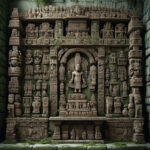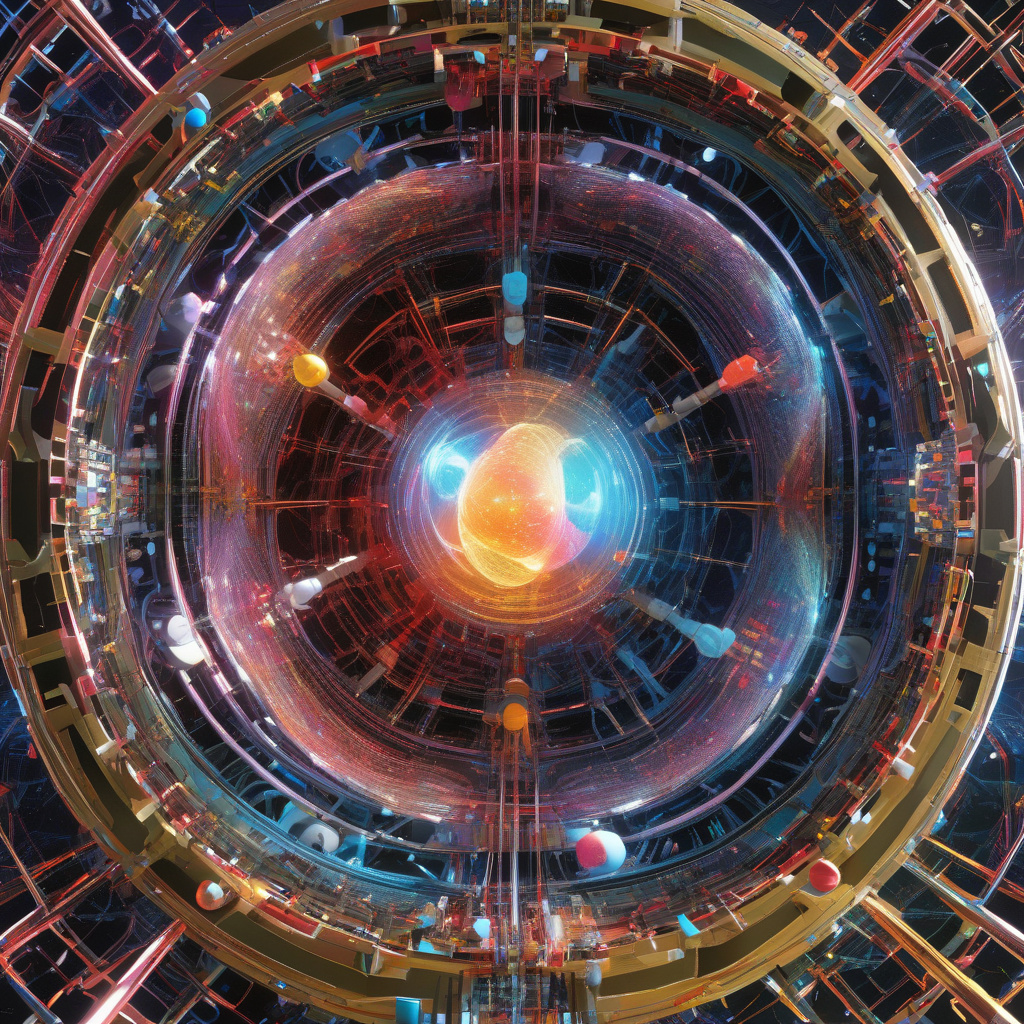When Quarks Misbehave: How Symmetry Breaks Down and Changes the Rules of Physics
For decades, physicists have relied on the principle of symmetry to simplify and understand the complex world of particle physics. Symmetry, in this context, refers to the idea that the laws of physics remain unchanged regardless of how you look at them – whether from the past, present, or future; from one side of the universe to the other; or under different conditions of energy and matter. It’s a comforting notion that has guided researchers in their quest to unravel the mysteries of the universe.
However, what happens when this symmetry is disrupted? When the building blocks of matter, such as quarks, decide to misbehave and break the rules? This is where things get truly fascinating and where the boundaries of our current understanding of physics are pushed to their limits.
Quarks, as the fundamental particles that make up protons and neutrons, are governed by the laws of symmetry. They come in six different types, or “flavors” – up, down, charm, strange, top, and bottom. These quarks are bound together by the strong nuclear force, mediated by particles called gluons. The interactions between quarks and gluons are described by the theory of quantum chromodynamics (QCD), which is a crucial component of the Standard Model of particle physics.
In the realm of particle physics, there is a concept known as “chiral symmetry breaking,” which occurs when the symmetries of the underlying theory are not preserved in the observable phenomena. This phenomenon is particularly relevant when dealing with quarks and the strong force that binds them together.
Chiral symmetry breaking is a phenomenon that arises from the fact that the masses of quarks are not zero. In the world of particle physics, mass is a form of energy, according to Einstein’s famous equation E=mc^2. When quarks acquire mass, they interact with the Higgs field, which is responsible for giving particles their mass. This interaction leads to the breaking of chiral symmetry.
The breaking of chiral symmetry has profound implications for our understanding of the strong force and the behavior of quarks within protons and neutrons. It leads to the emergence of a property known as confinement, which is the reason why we never observe individual quarks in isolation but only in bound states, such as mesons and baryons.
One of the most intriguing consequences of chiral symmetry breaking is the existence of a field known as the “pion field.” Pions are particles that emerge as a result of the broken symmetry and play a crucial role in mediating the interactions between nucleons (protons and neutrons) inside atomic nuclei.
The study of chiral symmetry breaking and its consequences is an active area of research in theoretical and experimental particle physics. Scientists are conducting experiments at facilities such as the Large Hadron Collider (LHC) to probe the nature of the strong force and investigate the properties of quarks under extreme conditions of temperature and energy.
By studying the breakdown of symmetry in the world of quarks and gluons, physicists are not only expanding our understanding of the fundamental forces of nature but also shedding light on the origins of mass, the structure of matter, and the evolution of the universe.
In conclusion, when quarks misbehave and symmetry breaks down, the rules of physics are fundamentally altered. The intricate dance of particles and forces at the subatomic level reveals a world of complexity and beauty that continues to captivate the minds of scientists and enthusiasts alike.
symmetry, physics, quarks, chiral symmetry breaking, particle physics












